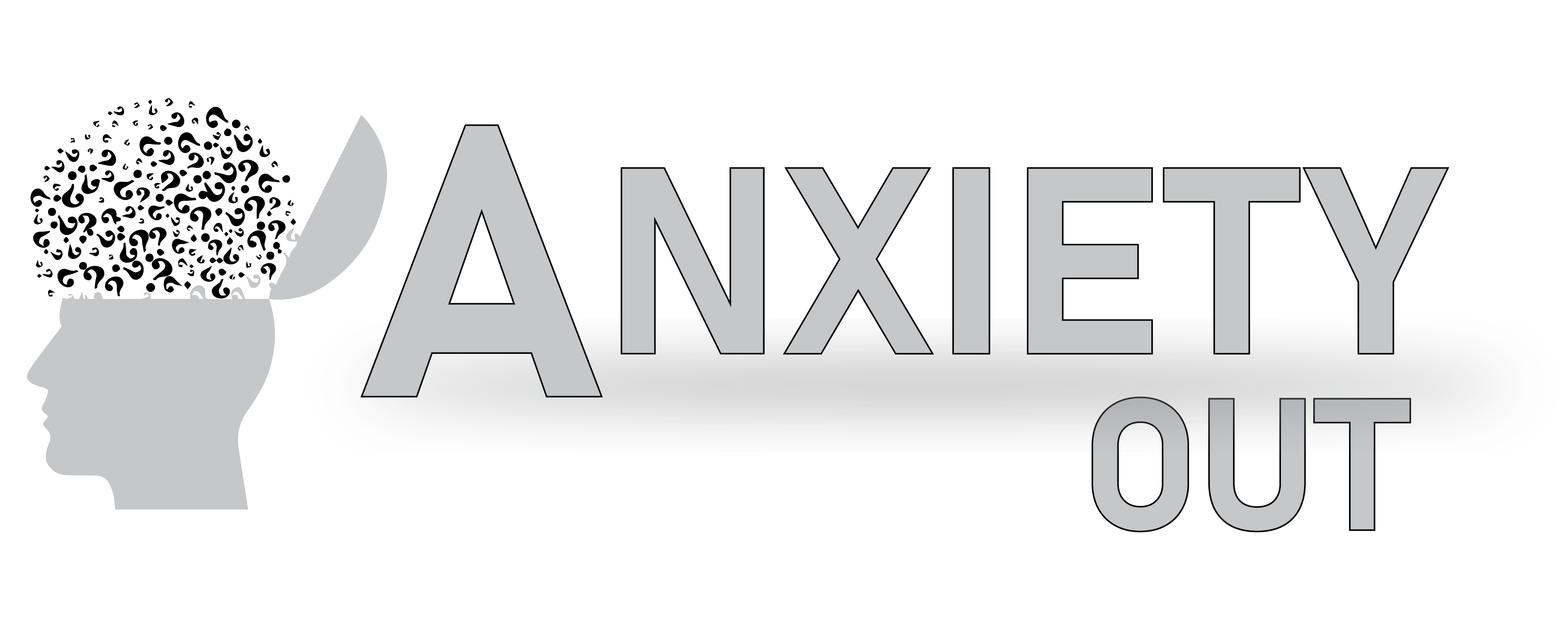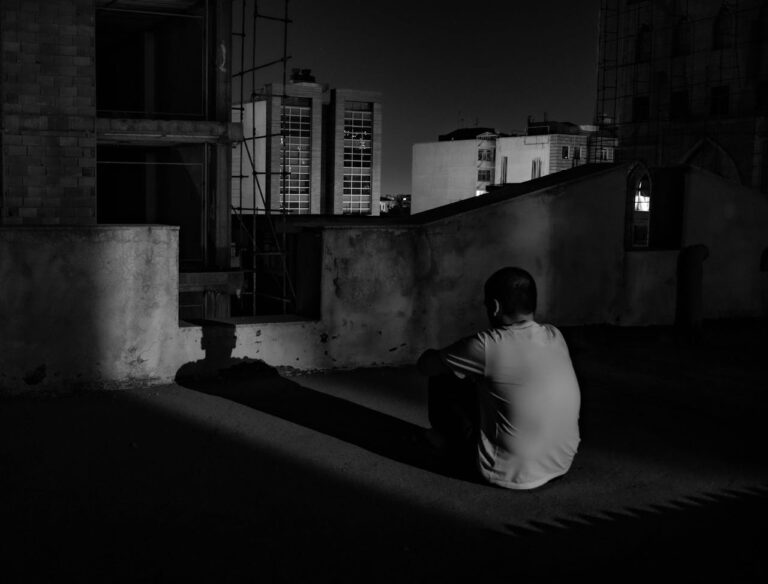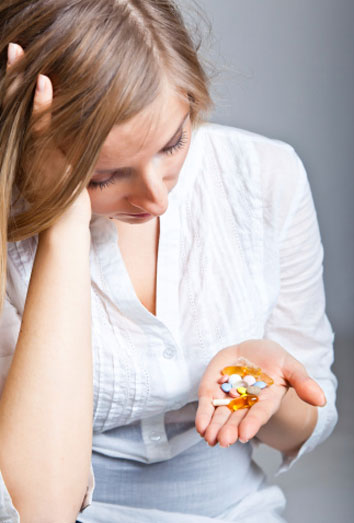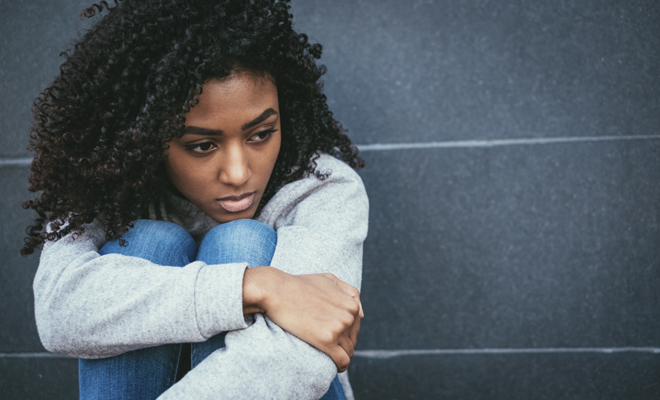Women of reproductive age are more vulnerable to developing anxiety disorders than men, approximately 2 to 3 times more. In fact, 17.5% of women compared to 9.5% of men had suffered from some anxiety disorder throughout their lives; while 8.7% of women compared to 3.8% of men had suffered from an anxiety disorder in the last year.

Anxiety disorder in women
Being a man or a woman can not only influence the prevalence of mental, but also the manifestation and expression of symptoms, the willingness to seek medical or psychological assistance, the course of the disease, evens the response to treatment.
A set of factors have been identified that may explain the female predominance in anxiety disorders, as well as the differences between the sexes in other psychiatric disorders. A group of these factors would be the psychosocial and sociocultural ones that include differences in the type of coping of the person, sexual role, poverty, educational level, marital status, income level, social support, social isolation, adversities during childhood, social changes, cultural norms, and vulnerability to exposure and reactivity to stressful
Other factors that suggest sex differences are genetic predisposition, personality traits, sex hormones, endocrine reactivity to stress, neurotransmission systems, and neuropsychological determinants. There is consensus in considering that psychosocial and sociocultural factors cannot explain all the differences observed between both sexes, and given the consistency of the findings in the different cultural groups, the conclusion is that the gender differences in the rates of psychiatric disorders are largely psychobiological.
There is strong evidence that there are differences between the sexes in brain anatomy, neurochemistry, and patterns of activation and response to environmental stimuli, as well as differences in the physiology and pathophysiology of other body systems, differences that may influence the cause of psychiatric disorders.






